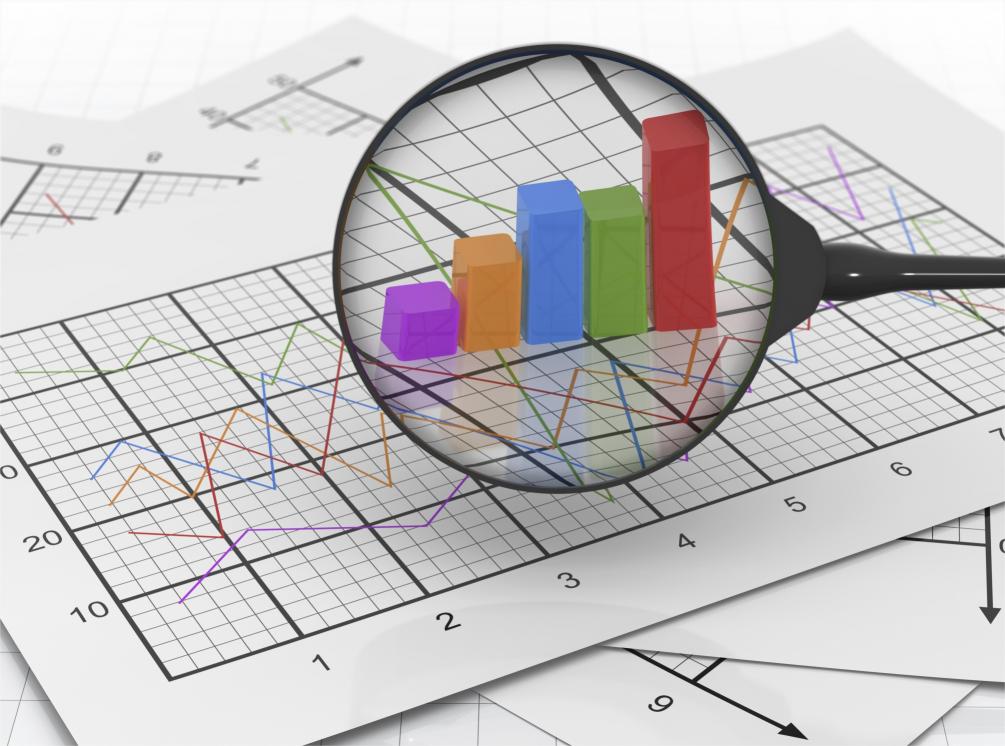A great deal of financial news has lately focused on the US Federal Reserve’s two-day meeting amid stock prices tumbling in almost every market around the world. Speculations had it that the meeting held June 16-17 would result in the first interest rate hike in nearly a decade later this year.
The outcome was announced by Chairwoman Janet Yellen: The Fed voted essentially to maintain the status quo and raise the rates cautiously and gradually later by 2017. Hasty and impetuous rate hikes may not only impair the US economy but can also put the world economy at risk. The International Monetary Fund had slashed its forecasts for US economic growth, calling on the Federal Reserve to hold off its rate increase.
The question now is: Why an infinitesimal change is such a big deal? The answer can be traced back to the 1970s when the US economy was struggling with stagflation. The flashback is especially critical, as Iran’s economy is undergoing the same state of affairs.
The 1970’s Stagflation
Stagflation refers to a set of phenomena that entails a whole bunch of grim economic statistics: high inflation and jobless rates accompanied by sluggish economic growth, which have been prevalent in the domestic economy in previous years. The stagflation concept was born in protracted stagnation in the 1970s when the US economy had undergone unruly inflation while the economy was dwindling. The Fed’s monetary policies were sloppy and careless back then. Improving the demands, a new torrent of money was injected into the economy, leading to prices hikes. While annual mean return on S&P 500 was 5.9, the inflation was 7.4 percent. The capital market was technically losing its value. The inflation rate touched its peak at 13.3 percent in 1979, and average US Treasury bond rates were 2.6 percent beneath the inflation rate.
The solution was a new monetary policy: raising the interest rates when the economy is booming to harness the currency in circulation, while lowering the rates when the economy is getting back on its feet. To stifle the money flow into the economy the interest rates were increased, resulting in jobless stats degeneration, the deepening of stagnation, the GDP’s downbeat performance and ultimately pervasive public discontent. The interest rates were increased again as inflation was curbed, facilitating provision of financial aid to different sectors of the economy. Suppressing currency injection into the economy was the Achilles’ heel. To tackle stagflation, economists are to fully understand short- and long-term behavior of the economy in terms of turning points when the economy is ready to take off.
Gov’t on Right Track
Reviewing domestic economy policies of the last two administrations reveals the same situation in Iran. While the previous government was partially healing the economy by injecting excessive money, the new government has been focusing on curbing the inflation by adjusting required reserve rates and money multipliers in the banking system. Since President Hassan Rouhani took office, contractionary policies have been dominant. Now after two years, there is a lot of criticism. Nevertheless, the aforementioned history proves that the government is on the right track. There is ample evidence to support that the economy has reached a turning point. The central bank decided to lower the interest rates by 2 percent, signaling the economy will boom in the near future.



